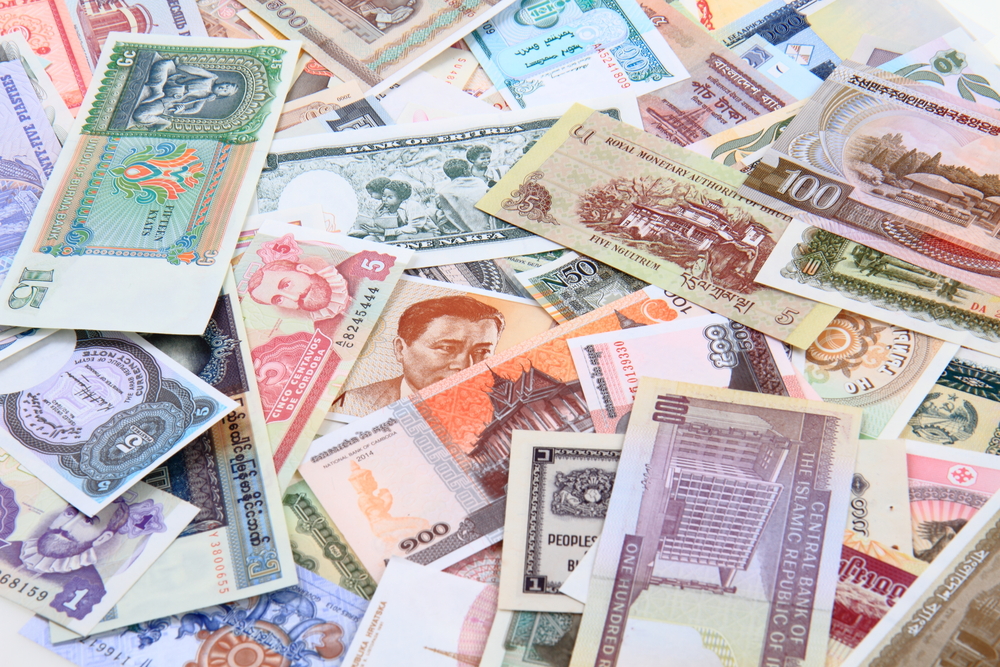Over the past few years, there has been a lot of talk about the so-called ‘bankchains”. As many people are well aware of, financial institutions have taken an interest in blockchain settlement, yet they will not necessarily use bitcoin or other open blockchains. Instead, a project called “Bankchain” has been developed. However, a lot of banks also focus their attention on Ripple. Now is a good time to compare both projects and see what they have to offer.
2. Bankchain
As the name somewhat suggests, the Bankchain project is all about using blockchain technology for post-trade settlement in the financial sector. The project labels itself as a “next-generation blockchain settlement process”. Although this is not an open blockchain such as Bitcoin, Ethereum, or any other currency, there are some benefits to Bankchain that banks will appreciate.
For example, Bankchain provides instant settlement to reduce counterparty risk. Additionally, there is a universal shared ledger – only with partners of the project, though – and enhanced automation services. More importantly, Bankchain is designed to improve operational efficiency all the while lowering implementation costs and overall overhead fees associated with the banking process.
The Bankchain project exists of two main components” the solution outlined above, and the Euroclear Bankchain. This latter part is designed to transform the gold market. More specifically, Euroclear Bankchain brings instant settlement to the London bullion market. On paper, it sounds like Bankchain and the Euroclear version are both powerful tools for parties in the financial sector.
1. Ripple
Most cryptocurrency users are well aware of the Ripple project. With a strong focus on the traditional financial sector, it is evident Ripple is not a project that aims to cater just to cryptocurrency enthusiasts. Ripple positions itself as the global settlement network, offering a lot of features that are somewhat similar to BankChain. The project makes use of distributed financial technology that lets banks complete real-time international payments across different networks.
So far, several dozens of banks have signed up for the Ripple network, as they all see the benefit this project brings to the table. The project provides instant settlement at low costs. Moreover, the Ripple network is capable of processing a lot of transactions per second, making it one of the more efficient settlement layers in the business today.
It is also worth mentioning there is the XRP currency, which acts as an independent digital asset native to the Ripple Consensus ledger. XRP is not required to transact on Ripple – using the token ensures a portion of XRPs are destroyed as a network fee – it can enable more competitive foreign exchange markets for cross-border payments. This is clearly an asset designed to facilitate traditional financial transactions, rather than using it for cryptocurrency speculation.
If you liked this article, follow us on Twitter @themerklenews and make sure to subscribe to our newsletter to receive the latest bitcoin, cryptocurrency, and technology news.

